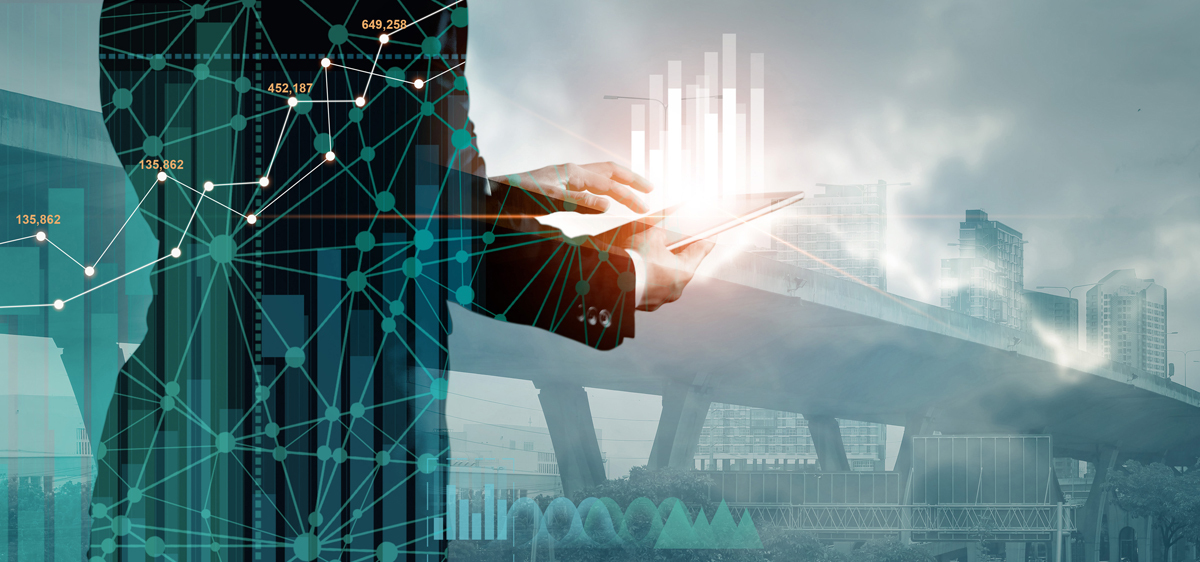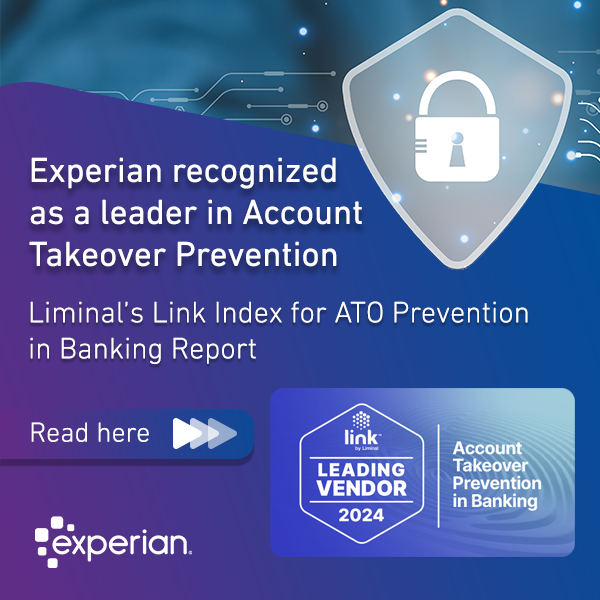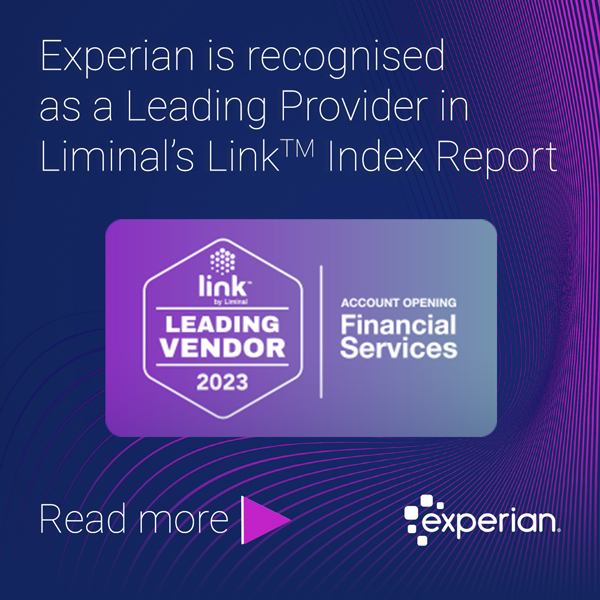As consumer organizations settle into the so-called new normal, behaviors have dramatically changed and expectations have been redefined. Speed, convenience, and choice have gained a different meaning, accelerating digitalization efforts and demands virtually overnight.

Recently, we spoke with our internal experts – Derek Garriock, Design & Innovation Director at Experian and David Bernard, SVP of Global Marketing & Strategy at Experian Decision Analytics – about the future of banking and trends and opportunities arising in the post-crisis era. Here’s highlights of that discussion:
A different way of understanding and doing banking – a viewpoint by Derek Garriock
Industries are redefined by changes in consumer behavior, and certainly, the crisis that’s been unfolding across the globe has had a big impact in terms of how we live our day-to-day lives. These changes are reflected in the demands made of banks, as we try to manage our money in a different way.
The challenge that the banks and lenders have seen across the globe is obviously different levels of reaction from consumers and businesses — depending on the jurisdiction that they’re in and the immediate need that’s created. This challenge is more about how you are able to adapt given that going forward this behavioral change will be no doubt be one of the lasting impacts of the crisis.
At a very basic level for banks, we still have some of the pre-existing challenges around how they deliver change in a digital world to really serve customers and give them the best possible experience and journeys to serve their needs. Obviously, there’s a lot of regulation banks are required to observe and follow as an organization doing the type of business that they do — but the current needs shine a light on big areas of focus that probably haven’t changed in the last decade — around how do you digitize your business to reduce cost, to better serve your customers, and to be in a place where you drive deeper share of wallet with customers to grow your business.
What we’ve seen through the crisis is really a spotlight shone on this area and in the context of how to move quicker, faster, better, and to deliver against some of those core objectives.
Current areas of focus for the global banking industry – a viewpoint by David Bernard
Thinking about the immediate reaction to the crisis, we have a number of banks that are still focused on coping with lockdowns and business continuity across the globe — managing going into lockdown and out of lockdown across different countries.
For example, we had banks in the UK that have call centers in India. When the India lockdown happened, very suddenly they lost their ability to respond to clients over the phone — so we see some immediate impacts of the crisis with banks coping with a situation where different parts of the globe are challenged from a business continuity perspective.
Banks also had to adapt to a number of government programs such as government-sponsored loans for small businesses and individuals. They had to adapt details like their scorecards for lending, or their scorecards for debt collections — evaluating their approach to debt collections since suddenly you have a lot of people that lost their jobs. Asking for last month’s bank statements doesn’t quite give you the right view of their personal situation.
There is adaptation to the current crisis, but even as we start to progressively get out of lockdown in a number of countries, banks have realized there are a number of deeper things around their use of analytics, the fine-tuning of their scorecards, lending strategies and risk strategies that have to be redone. Also, there’s the general, longer-term trend towards moving some of their banking structure to the cloud, making sure that their decision strategies are fit for purpose, that they are flexible enough, building attributes into the system. So, there are a number of programs that are continuing and sometimes accelerating.
There is also the example of digital interfaces where it looks like you can do something in an app on the website, but behind the scenes, a number of banks have analog processors — non-digital processors — where there are people reading data internal in the system or doing some manual task behind the scenes and the whole crisis is shedding light on those examples and forcing more complete digitization across the board.
Listen to the full podcast: https://bit.ly/IIA_FutureFS
Related articles:
- Digital transformation through cloud-first decisioning by
Chris Fletcher, SVP Decision Management & Cloud Services & David Britton, VP Of Industry Solutions - Maximizing impact from AI investment: 4 pillars of holistic AI
by Shri Santhanam, Global Head Of Advanced Analytics & AI & Birger Thorburn, Chief Technology Officer, Global Decision Analytics - How rapidly changing environments are accelerating the need for AI and Machine Learning in business
by Birger Thorburn, Chief Technology Officer, Global Decision Analytics




